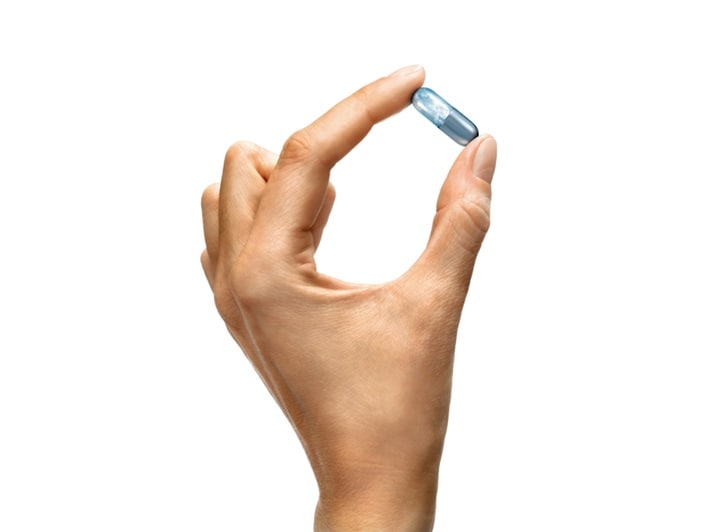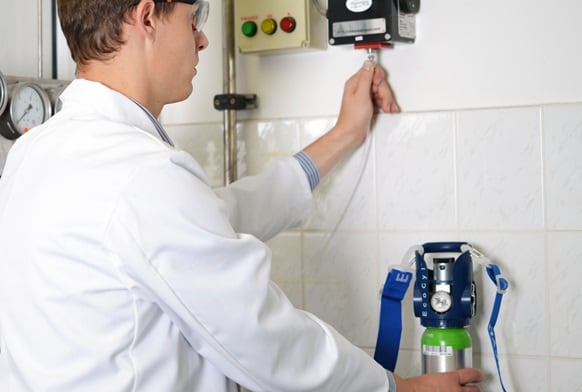Gases used in healthcare
Information for healthcare professionals.
Linde Healthcare is committed to quality care and patient safety, supported by pharmaceutical and medical device
regulations and standards, from the selection of raw materials through production to the administration of the gases.
Linde Healthcare has pioneered medical gas products for many years
We are committed to working with healthcare providers and regulatory authorities to promote the best practice use of our products. We stay aligned with clinical progress and continue to design and redesign solutions that meet the unique needs of healthcare professionals and patients. We’ll support you in every aspect of the delivery and use of medical gases, including logistics, safety systems, technical solutions, and service as well as training.










